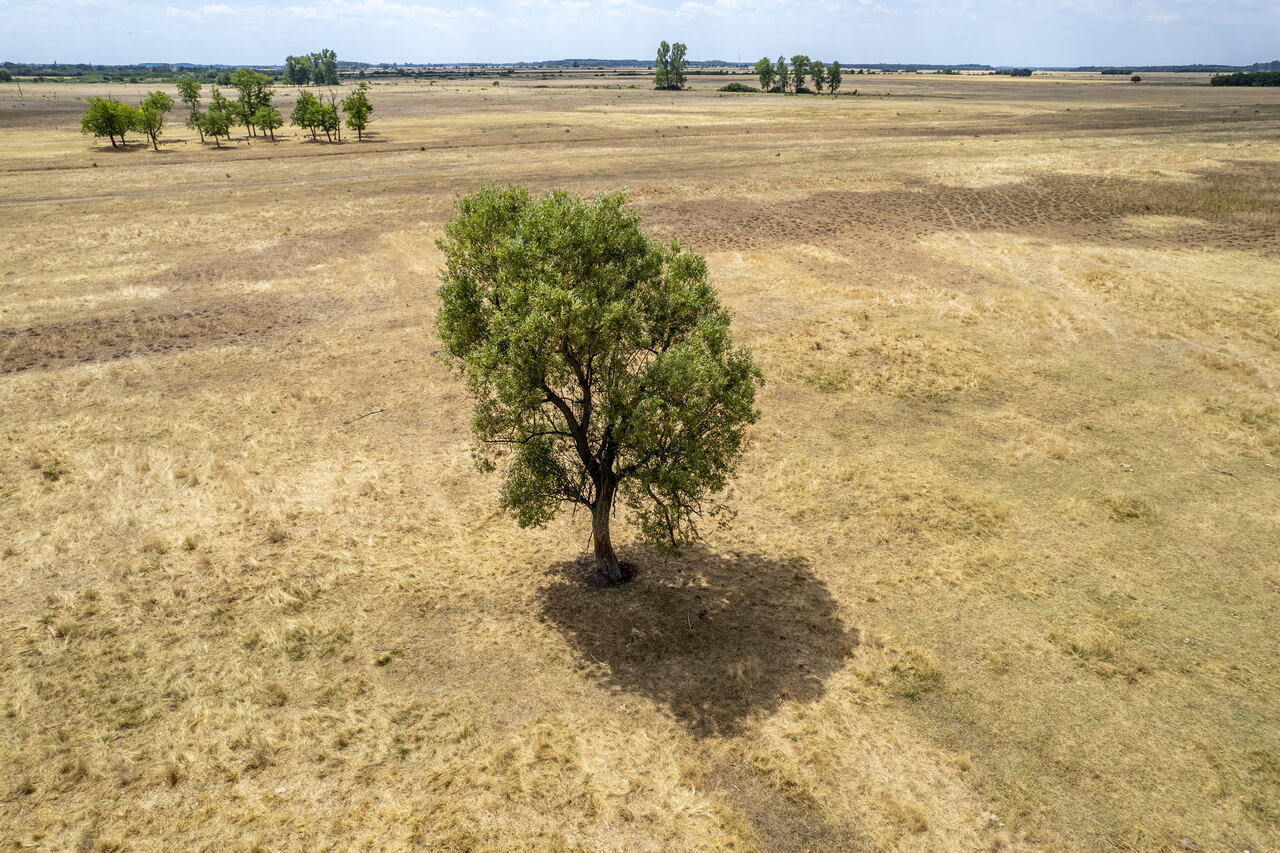Intolerable drought in Hungary: Even drought-tolerant grasses are dying – what does the future hold?

Even Hungary’s most drought-resistant native grasses are failing to survive in the face of increasingly extreme dry spells, according to alarming new research by the HUN-REN Centre for Ecological Research.
The findings, recently published in Global Ecology and Conservation, are based on field studies in the sandy grasslands near Fülöpháza in the Kiskunság region, where researchers have been monitoring native vegetation for years. In 2022, Hungary experienced one of the most severe droughts in recent memory. A year later, scientists surveyed the aftermath, only to find catastrophic levels of die-off, even among grass species adapted to dry conditions.
Even the toughest grasses didn’t survive
The research focused on two native perennial species known for their drought tolerance: Festuca vaginata (Hungarian fescue) and Stipa borysthenica (steppe feathergrass). Ecologists assessed 200 randomly placed 4×4 meter plots to record how many grass individuals had survived.

The results were staggering: in 85 of the plots, over 95% of the grasses had died. In 167 plots, at least half of the vegetation was lost. “These are supposed to be drought-resistant species, yet the 2022 drought clearly exceeded even their tolerance,” said Dr. Anikó Csecserits, lead researcher of the project.
Survival depends on location, and trees
Interestingly, the likelihood of survival was significantly higher in plots located on north-facing slopes of sand dunes or near trees and shrubs. In treeless zones, grasses perished almost entirely. But in areas where woody vegetation covered at least 20% of the surrounding soil within a 10-meter radius, up to 90% of the grasses survived.

Researchers believe that these microclimates offer some protection from heat and dehydration, creating vital refuges in an increasingly hostile landscape.
Invasive species could take over
The loss of native perennials could open the door to even more drought-tolerant invasive species, such as sand dropseed (Sporobolus cryptandrus) or certain types of cacti. In addition, short-lived annual grasses that germinate in wetter seasons and survive as seeds through summer may become dominant, fundamentally changing the region’s biodiversity.
“This dramatic shift could accelerate biological invasion, further degrading Hungary’s unique ecosystems,” the HUN-REN team warns.
Read more about climate-related news on Daily News Hungary!
Read also:







